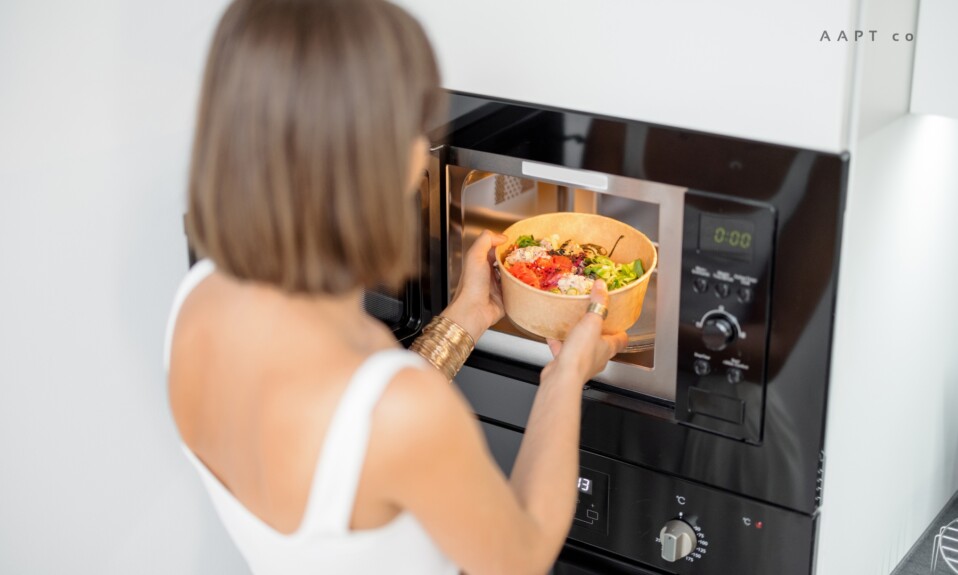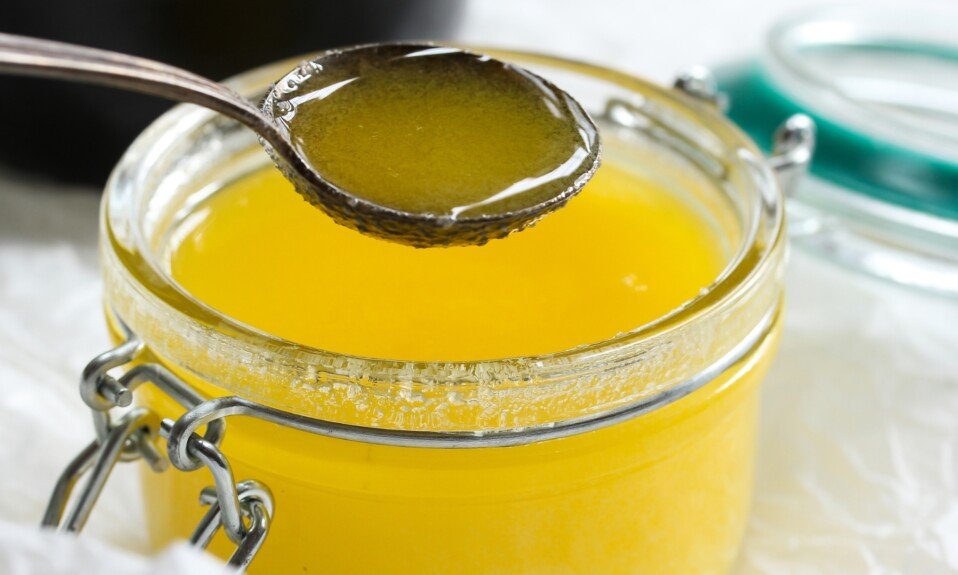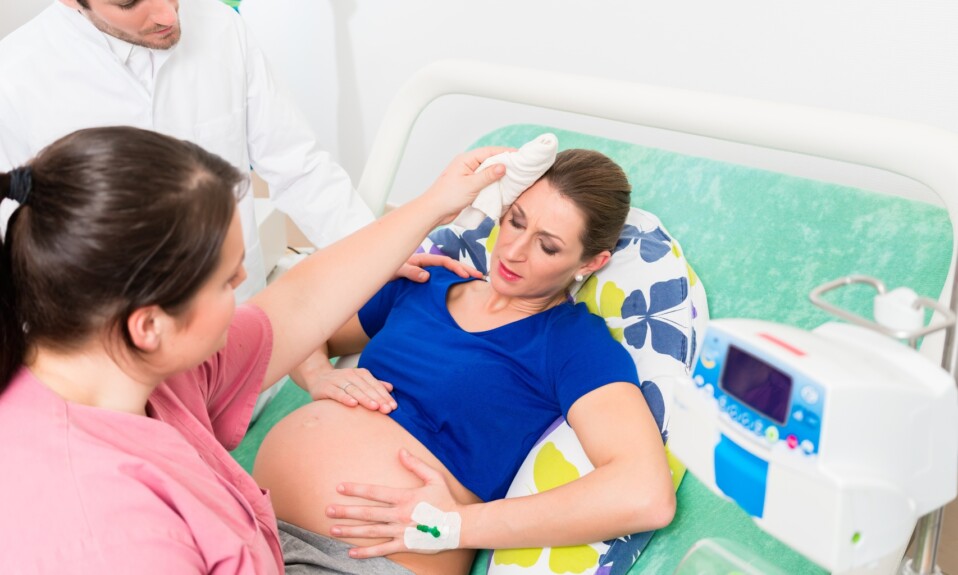Microwave ovens have become essential in the modern world due to their convenience, efficiency, and versatility.
Their quick cooking times and ability to reheat food rapidly make them indispensable for busy individuals and families. With the fast-paced lifestyle prevalent today, microwave ovens offer a time-saving solution for preparing meals, snacks, and beverages. They also contribute to energy conservation compared to conventional cooking methods, making them more environmentally friendly. Moreover, microwave cooking helps retain nutrients in food, as it requires minimal water and shorter cooking times. The ease of use and simple operation make microwave ovens accessible to people of all ages and cooking skill levels. From defrosting frozen foods to cooking full meals, microwave ovens have become an indispensable appliance for modern households, catering to the demands of contemporary living, but still there are certain factors about microwave cooking that are considered harmful for health according to researches.
Is Microwave Cooking Safe?
While there have been concerns about the potential loss of nutrients in microwave-cooked food, research suggests that microwave cooking can actually help retain more nutrients compared to other cooking methods due to its shorter cooking times and minimal use of water. Overall, when used correctly and with appropriate safety measures, microwave cooking is considered safe for preparing a wide variety of foods. Microwave cooking is generally considered safe when used according to the manufacturer’s instructions. However, certain precautions should be taken to ensure safe and proper usage:
- Use Microwave-Safe Dishes: Use only microwave-safe containers and utensils to prevent harmful chemicals from leaching into food.
- Avoid Certain Materials: Refrain from using metal or aluminum foil, as they can cause sparks and potential damage to the microwave.
- Cover Food Properly: Cover food with a microwave-safe lid or plastic wrap to prevent splattering and maintain moisture.
- Stir and Rotate: Stir and rotate food during cooking to ensure even heating and prevent hot spots.
- Check for Hot Spots: Be cautious when removing food from the microwave, as some parts may be hotter than others.
- Avoid Overheating Liquids: Prevent superheating by placing a non-metallic object, such as a wooden stick, in liquids before microwaving to avoid sudden boiling.
- Follow Guidelines: Follow specific guidelines for cooking different types of food, as microwave cooking times can vary based on the type and quantity of food.
- Child Safety: Keep microwave ovens out of reach of children and ensure they are aware of the potential dangers associated with microwave use.
- Maintenance and Inspection: Regularly inspect the microwave for any signs of damage or malfunction and have it serviced by a professional if needed.
Advantages of Microwave Cooking
Overall, the advantages of microwave cooking make it a popular choice for individuals and families looking for quick, efficient, and convenient meal preparation options in today’s fast-paced world. Microwave cooking offers several advantages that make it a popular and convenient method for preparing meals:
- Time-Saving: Microwave cooking is significantly faster than conventional cooking methods, allowing for quick meal preparation and reheating.
- Convenience: It is user-friendly and requires minimal cooking skills, making it accessible to individuals of all ages and cooking abilities.
- Energy Efficiency: Microwave ovens use less energy compared to conventional ovens or stovetops, contributing to energy conservation and lower utility bills.
- Nutrient Retention: Microwave cooking generally requires shorter cooking times and minimal water, helping to preserve the nutrients in food better than some other cooking methods.
- Even Heating: Microwave ovens use electromagnetic waves to heat food, resulting in more uniform heating compared to traditional cooking methods, but still using certain utensils of certain materials can make microwave cooking harmful for health.
- Versatility: They can be used for various cooking tasks, including defrosting, cooking, reheating, and steaming, making them a versatile appliance in the kitchen.
- Easy Cleanup: Microwave cooking often involves fewer pots and pans, leading to easier cleanup and less overall kitchen mess.
- Cooking Control: Many modern microwave ovens come with different power settings and cooking modes, allowing users to adjust cooking times and temperatures for precise cooking control.
- Space-Saving: Microwave ovens come in various sizes, making them suitable for kitchens of all sizes, including smaller spaces where traditional ovens may not be practical.
Disadvantages of Microwave Cooking
While the disadvantages of microwave cooking exist, many of these challenges can be overcome with proper knowledge, techniques, and the use of appropriate cookware. It’s essential to understand the limitations of microwave cooking and to use this cooking method judiciously alongside other cooking techniques to create a variety of delicious and nutritious meals. While microwave cooking offers numerous benefits, there are also some disadvantages to consider:
- Uneven Cooking: Some foods may not cook evenly in a microwave, resulting in certain areas being overcooked while others remain undercooked.
- Texture Changes: Certain foods, particularly those with a crispy or crunchy texture, may lose their desired texture when microwaved, becoming soggy or rubbery.
- Limited Browning: Microwaves cannot brown or crisp foods in the same way as conventional cooking methods, which may limit the appeal of some dishes.
- Container Considerations: Not all materials are suitable for microwave cooking, and using the wrong type of container can lead to leaching of harmful chemicals into food.
- Food Safety Concerns: Improper cooking or reheating of certain foods in the microwave can result in uneven heating and potential foodborne illness if not handled correctly.
- Potential Nutrient Loss: While microwave cooking can help retain nutrients in some foods, it may lead to the loss of certain heat-sensitive vitamins and antioxidants, especially when cooking for extended periods.
- Lack of Maillard Reaction: The Maillard reaction, responsible for creating the desirable flavors and aromas associated with browning in traditional cooking methods, does not occur in microwave cooking, which may affect the taste of some dishes.
- Cooking Limitations: Certain cooking techniques, such as baking or roasting, are not easily replicable in a microwave, limiting the types of dishes that can be prepared using this method.
- Dependency on Electricity: Microwave ovens require electricity to function, making them unusable during power outages or in areas with unreliable electrical supply.
- Size Constraints: Larger or irregularly shaped dishes may not fit or cook well in certain microwave ovens, limiting the types of meals that can be prepared.
Are Microwave Safe Materials Harmful?
The safety of microwave cooking materials depends on the type of material used and its suitability for use in microwave ovens. Hence, to be aware of the fact that microwave cooking is harmful for health or not, here’s an overview of some common materials and their safety considerations:
- Microwave-Safe Materials: Certain materials, such as glass, ceramic, and microwave-safe plastics, are specifically designed for use in microwave ovens and do not leach harmful chemicals into food when used within their intended guidelines.
- Unsafe Materials: Metal, aluminum foil, and non-microwave-safe plastics can cause sparks and potentially damage the microwave oven. Using these materials in the microwave can be hazardous and should be avoided.
- Plastic Containers: When using plastic containers, ensure they are labeled as microwave-safe. Avoid containers that are not intended for microwave use, as they may leach harmful chemicals, such as BPA or phthalates, into food when exposed to heat.
- Ceramic and Glass: Most heat-resistant ceramics and glassware are considered safe for microwave use. However, some ceramics may contain lead or other potentially harmful materials, so it’s essential to use reputable, microwave-safe products.
- Styrofoam and Melamine: Styrofoam and melamine containers are generally not recommended for microwave use, as they can melt or leach harmful chemicals into food when heated.
To ensure the safety of materials used in microwave cooking, it is recommended to follow these guidelines:
- Use microwave-safe containers and utensils labeled as such by the manufacturer.
- Avoid using metal or aluminum foil in the microwave, as they can cause sparks and potentially damage the oven.
- Check labels for microwave-safe instructions on plastic containers and other materials.
- If in doubt about the safety of a particular material, consider using alternatives such as glass or ceramic dishes.
- By using microwave-safe materials and following recommended guidelines, you can safely enjoy the convenience and efficiency of microwave cooking.
Are Microwave Safe Plastics Toxic?
The safety of microwave-safe plastics has been a topic of discussion, with concerns about potential health risks associated with certain chemicals, such as bisphenol A (BPA) and phthalates, which can leach into food when exposed to heat. While many plastics are labelled as microwave-safe, it’s essential to understand the potential risks and take precautions when using plastic containers for microwave cooking. Here are some key points to consider:
- BPA-Free Plastics: Many manufacturers now produce BPA-free plastic products, which are considered safer for use with food. BPA is a chemical that has been linked to potential health risks, particularly in developing fetuses and young children.
- Microwave-Safe Labels: Look for products labeled specifically as “microwave-safe” to ensure they have been tested and approved for use in microwave ovens. Follow the manufacturer’s instructions for safe usage.
- Avoiding High Heat: Even microwave-safe plastics may leach chemicals when exposed to high temperatures, so it’s advisable to use plastics in the microwave at lower heat settings and for shorter durations.
- Avoiding Scratches and Wear: Scratches, discoloration, and wear and tear can increase the likelihood of chemical leaching, so it’s important to inspect plastic containers regularly for signs of damage and discard them if they show any signs of wear.
- Alternative Materials: Consider using microwave-safe glass or ceramic containers as an alternative to plastics, as they do not pose the same risks of chemical leaching.
While the use of microwave-safe plastics is generally considered safe when used according to the manufacturer’s instructions, it’s advisable to minimize plastic use in the microwave, especially for high-temperature cooking and heating as there still lies some chances of plastic leaching into food molecules that could be a significant health concern which is why microwave cooking is considered harmful for health according to certain studies. Whenever possible, opt for alternative materials that do not pose similar risks. When in doubt, consult with reputable sources or healthcare professionals for the most up-to-date information on the safety of microwave-safe plastics.











